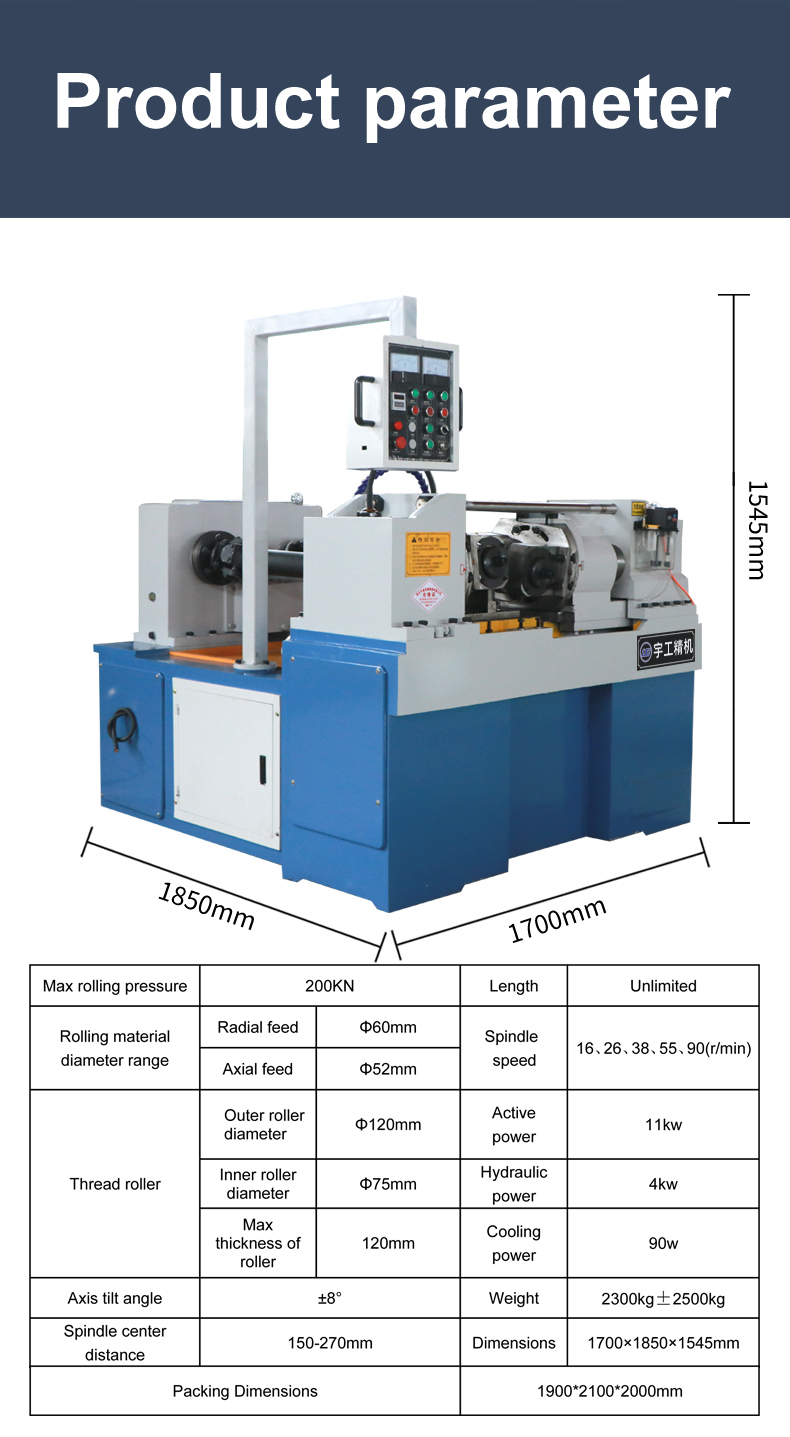
-
 Afrikaans
Afrikaans -
 Albanian
Albanian -
 Amharic
Amharic -
 Arabic
Arabic -
 Armenian
Armenian -
 Azerbaijani
Azerbaijani -
 Basque
Basque -
 Belarusian
Belarusian -
 Bengali
Bengali -
 Bosnian
Bosnian -
 Bulgarian
Bulgarian -
 Catalan
Catalan -
 Cebuano
Cebuano -
 Corsican
Corsican -
 Croatian
Croatian -
 Czech
Czech -
 Danish
Danish -
 Dutch
Dutch -
 English
English -
 Esperanto
Esperanto -
 Estonian
Estonian -
 Finnish
Finnish -
 French
French -
 Frisian
Frisian -
 Galician
Galician -
 Georgian
Georgian -
 German
German -
 Greek
Greek -
 Gujarati
Gujarati -
 Haitian Creole
Haitian Creole -
 hausa
hausa -
 hawaiian
hawaiian -
 Hebrew
Hebrew -
 Hindi
Hindi -
 Miao
Miao -
 Hungarian
Hungarian -
 Icelandic
Icelandic -
 igbo
igbo -
 Indonesian
Indonesian -
 irish
irish -
 Italian
Italian -
 Japanese
Japanese -
 Javanese
Javanese -
 Kannada
Kannada -
 kazakh
kazakh -
 Khmer
Khmer -
 Rwandese
Rwandese -
 Korean
Korean -
 Kurdish
Kurdish -
 Kyrgyz
Kyrgyz -
 Lao
Lao -
 Latin
Latin -
 Latvian
Latvian -
 Lithuanian
Lithuanian -
 Luxembourgish
Luxembourgish -
 Macedonian
Macedonian -
 Malgashi
Malgashi -
 Malay
Malay -
 Malayalam
Malayalam -
 Maltese
Maltese -
 Maori
Maori -
 Marathi
Marathi -
 Mongolian
Mongolian -
 Myanmar
Myanmar -
 Nepali
Nepali -
 Norwegian
Norwegian -
 Norwegian
Norwegian -
 Occitan
Occitan -
 Pashto
Pashto -
 Persian
Persian -
 Polish
Polish -
 Portuguese
Portuguese -
 Punjabi
Punjabi -
 Romanian
Romanian -
 Russian
Russian -
 Samoan
Samoan -
 Scottish Gaelic
Scottish Gaelic -
 Serbian
Serbian -
 Sesotho
Sesotho -
 Shona
Shona -
 Sindhi
Sindhi -
 Sinhala
Sinhala -
 Slovak
Slovak -
 Slovenian
Slovenian -
 Somali
Somali -
 Spanish
Spanish -
 Sundanese
Sundanese -
 Swahili
Swahili -
 Swedish
Swedish -
 Tagalog
Tagalog -
 Tajik
Tajik -
 Tamil
Tamil -
 Tatar
Tatar -
 Telugu
Telugu -
 Thai
Thai -
 Turkish
Turkish -
 Turkmen
Turkmen -
 Ukrainian
Ukrainian -
 Urdu
Urdu -
 Uighur
Uighur -
 Uzbek
Uzbek -
 Vietnamese
Vietnamese -
 Welsh
Welsh -
 Bantu
Bantu -
 Yiddish
Yiddish -
 Yoruba
Yoruba -
 Zulu
Zulu
Affordable Thread Rolling Machine Installation Guide for Efficient Production and Cost Savings
Setting Up a Cheap Thread Rolling Machine A Practical Guide
Thread rolling is a popular method in the manufacturing industry, particularly for producing threaded fasteners that require high accuracy and durability. With the increasing demand for cost-effective solutions, many small businesses and hobbyists are turning towards affordable thread rolling machines. In this article, we will discuss how to set up a cheap thread rolling machine effectively, ensuring that you achieve optimal performance without breaking the bank.
Understanding Thread Rolling
Before diving into the setup process, it’s essential to understand the basics of thread rolling. This process involves deforming material to create threads on a workpiece without removing any material, thus enhancing its strength and integrity. By utilizing a rolling machine, manufacturers can produce threads that are more resilient than those created by traditional cutting methods.
Choosing the Right Machine
The first step in setting up your thread rolling operation is selecting an appropriate machine. While there are many options on the market, a cheap thread rolling machine typically offers essential functionalities without the high price tag. Key features to look for include
1. Size and Capacity Choose a machine that can accommodate the size of the materials you will be working with. 2. Construction Quality Even if you are on a budget, ensure that the machine is made of durable materials to withstand prolonged use. 3. Ease of Operation A user-friendly interface can significantly reduce the learning curve for beginners.
Preparing the Workspace
Once you have acquired your thread rolling machine, preparing your workspace is crucial for a smooth setup. Ensure that you have a flat, sturdy surface that can handle the weight of the machine. Additionally, adequate lighting and ventilation are important for safety and comfort.
Setting Up the Machine
1. Unpacking and Inspecting Carefully unpack your thread rolling machine and inspect it for any damage. Refer to the manufacturer's manual for specific assembly instructions.
cheap thread rolling machine setup

2. Mounting the Machine Securely mount the machine to your work surface. This may involve bolting it down or using clamps, depending on your machine design. Ensuring stability is key to achieving accurate results.
3. Adjusting the Rollers Thread rolling machines usually come with adjustable rollers. Follow the guidelines in your manual to set the proper spacing for the type of threads you will be rolling. Accurate roller adjustment is crucial for achieving the desired thread profile.
4. Alignment and Calibration After adjusting the rollers, check the alignment to ensure that they are parallel. Misalignment can lead to uneven threads. Use a dial indicator to fine-tune the calibration if necessary.
5. Power Supply Connect the machine to a suitable power supply. Be sure to follow all safety guidelines, including proper grounding, to avoid electric shock or equipment damage.
Testing the Machine
Before mass production, conduct a test run using scrap material. This practice allows you to observe the machine's performance and make any necessary adjustments. Check the thread quality, and ensure that the rolling process runs smoothly without undue strain on the machine.
Maintenance and Safety
Regular maintenance is vital to keeping your thread rolling machine in good condition. Clean the machine after use, lubricate moving parts as recommended, and periodically check for wear and tear. Always follow safety protocols by wearing appropriate protective gear, such as gloves and goggles, to minimize risks during operation.
Conclusion
Setting up a cheap thread rolling machine doesn't have to be a daunting task. By following these steps, you can create an efficient workspace that allows for high-quality thread production. With the right setup and maintenance, your budget-friendly machine can deliver impressive results that meet the demands of your manufacturing needs. Happy rolling!
